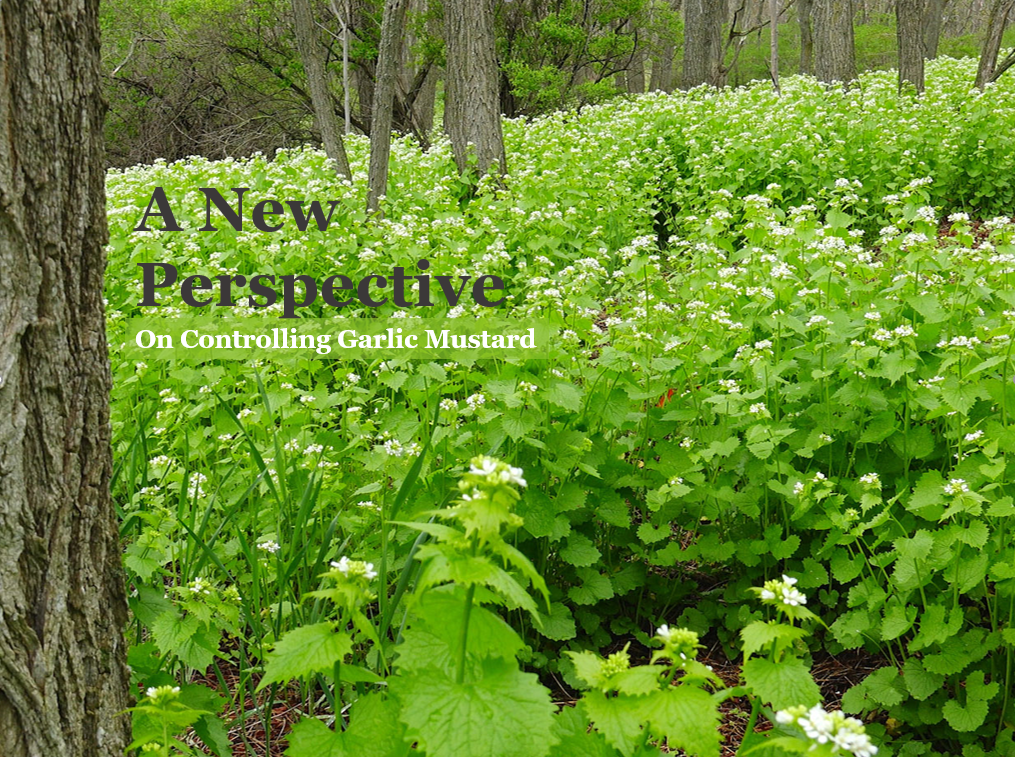This article was contributed by Paul Hetzler, a certified arborist and former CCE educator, in the 2021 Spring Newsletter.
Until recently, ignoring problems in hopes they’ll go away hasn’t served me well. However, a decade-long study done by Cornell University researchers has clearly shown that avoidance is the best way to manage garlic mustard (Allaria petiolata), a pernicious exotic plant.
According to Dr. Berndt Blossey, a Cornell University conservation biologist who specializes in invasive plants, pulling up large swaths of garlic mustard is not only futile, it is worse than leaving it alone. It bears echoing: When well-intentioned people rip out this stuff, it actually prolongs the infestation period because the plant self-limits if undisturbed. Also, these mass garlic mustard-removal events do more damage to the ecosystem than the target species itself does and there are other factors at play that encourage the spread of garlic mustard that we should pay attention to.
Dr. Blossey has long contended that deer abundance and non-native earthworms are the drivers of garlic mustard infestation. Garlic mustard only establishes after earthworms have invaded a site for some years, he says, and although how deer spread earthworms is not yet known, they apparently do, as exclusion plots show. I first heard Berndt’s idea that well-established garlic mustard should be left alone in 2014 at a talk he gave at Cornell. I was surprised, and admittedly rather skeptical. But he and his team have now done enough controlled trials and amassed enough evidence to back up his assertions.
It turns out that while garlic mustard competes with native species, it does not displace them where deer are excluded or drastically reduced in number. And it is earthworms, not our maligned invasive plant, which makes a neighborhood less attractive to salamanders. Furthermore, garlic mustard dwindles in biomass, plant vigor, and site prevalence over time. Within ten to 12 years it becomes scarce and the remaining plants greatly stunted.
Side-by-side controlled trials showed that where garlic mustard is “managed,” the plants are considerably larger and cover a higher percentage of a site (at times by an order of magnitude) than the sections where nothing has been done. Not only that, but biomass on the managed sites tended to be roughly stable over the ten-year time frame studied, whereas it declined year after year in the unmanaged plots.
Pulling garlic mustard where it is abundant prolongs its run. It also robs a great deal of nitrogen, macro-and micronutrients, and organic matter from the ecosystem. Mass removal also results in the site being trampled and runs the risk that soil and native plants might be inadvertently removed.
Professor Blossey’s February 26, 2021 talk “When Doing Nothing is the Best Invasive Plant Management Tool” can be found on YouTube.


